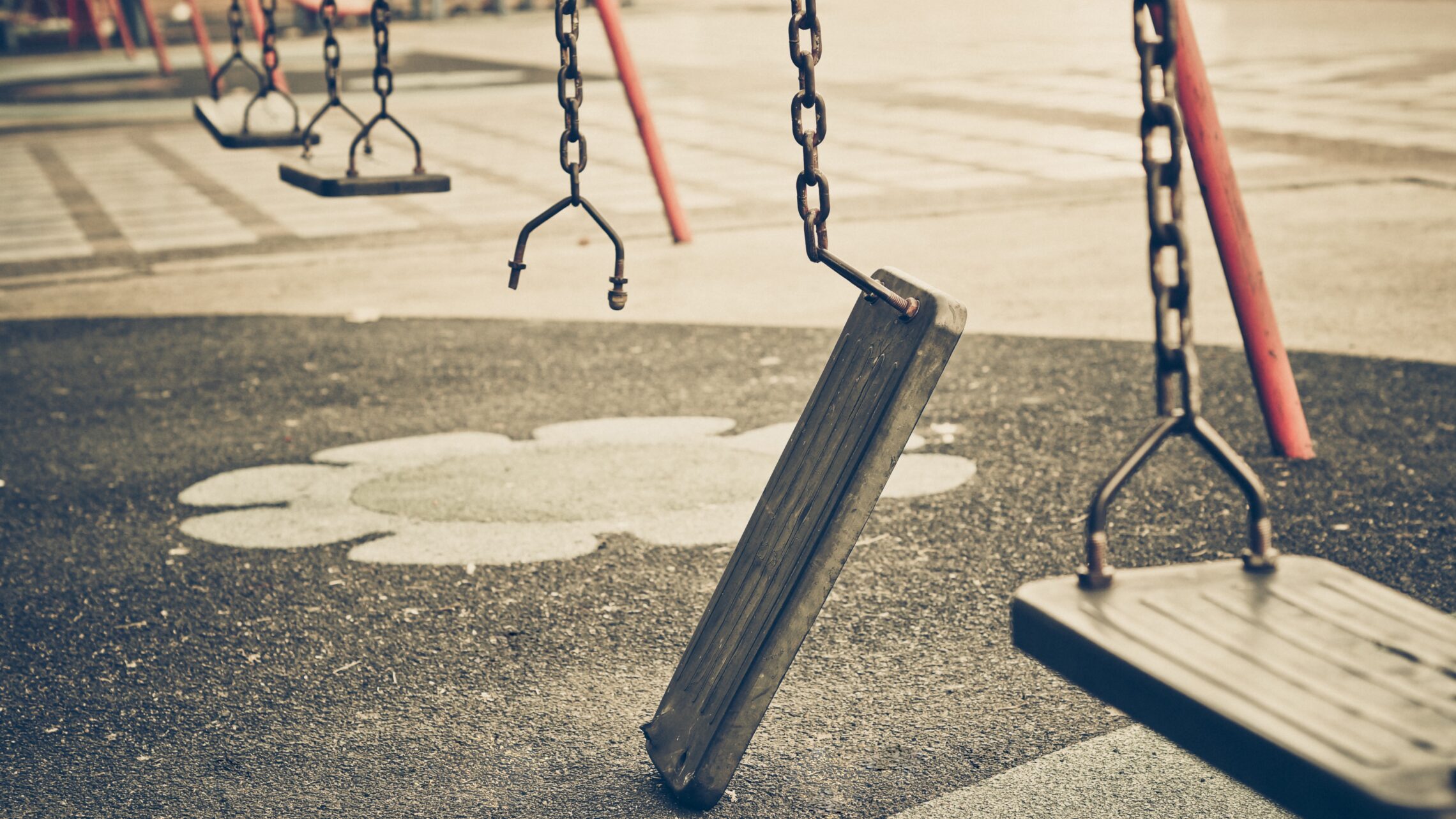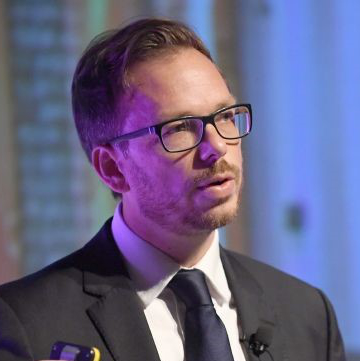To be northern is to be blessed. It is the rolling hills of the lakes and the peaks; the industrial powerhouses of Liverpool, Sheffield, Manchester, and Leeds; it is countryside, Teesside, Tyneside, and hundreds of seasides; and it is a powerhouse waiting to be levelled up. It is an identity, it is a geography, and it is a shared experience.
But for too many children growing up in the North, that experience is one of profound inequality.
In its starkest terms, children in the North get a bad deal. Higher levels of poverty, a lack of investment, and a series of lopsided policy choices, means northern children are more at risk of infant mortality, obesity, and mental illness, than their non-northern counterparts.
These disparate experiences are underpinned by and drivers of poorer labour market, health, and education outcomes in the North more generally.
To be absolutely clear this is a result of policy choices, there is nothing natural or inevitable about these inequalities.
Much of the rhetoric about levelling up the North is about bridges, roads, and railways but more importantly it should be about investment in children.
The Child of the North report shows that investing in the prospects of children is not only a moral decision but an economic one too. Investing in children delivers high returns and benefits for children as a whole.
The report arrives at an ideal time. The Office for Students in its Access and Participation Plan refresh will ask universities to consider how they can improve school attainment.
In its consultation on a new strategic plan, the OfS is also asking providers to contribute to the government’s levelling-up agenda. Broadly, asking how universities can improve the economic fortunes of the places they are based.
There are fundamental questions about whether universities are the right places to improve school attainment but this can quickly become a narrow argument.
As The Child of the North report makes clear, entrenched inequality starts at birth impacting early child development and school readiness before the age of five. The North East, North West, and Yorkshire and Humber have the lowest levels of school readiness in England, fuelled by the interplay of social, economic, and health policies.
Improving education attainment is about mentoring, pathways, and partnerships but it is also about turning research expertise towards addressing the early origins of entrenched inequalities.
Left further behind
The urgency of this agenda has been made more acute as a result of Covid-19. Research published by the Department for Education in February 2021 revealed significant regional disparities in the impact of the disruption to schooling caused by the pandemic, with students in some parts of Northern England losing twice as much learning over the period than their counterparts in London.
The learning loss in Maths was 3.8 months in the North of England compared to 2.4 months in the rest of the country.
Again, returning to the inter-related dimensions of disadvantage, education loss leads to poorer labour market returns which fuels a cycle of disadvantage.
These statistics are shocking but they are not immutable. The OfS has an enormous agenda in channelling the collective energy of the higher education sector towards economic and educational development but there are some places it can start.
The first is a clear and relentless focus on an approach which accounts for both Covid recovery and geographic inequalities in any plans, and leads to resources being invested in areas proportionate to levels of need. This geographic imperative means that research and development should be at the heart of strategy and delivery.
The OfS should be prepared to work with universities as part of a network of stakeholders, including early years education providers, schools, local authorities, and health providers, who can learn and deliver together on this agenda.
The second is that inequalities in education do not exist solely in the classroom. A four times greater decrease in spending on early years provision in the most deprived quintile of local authorities compared to the least deprived quintile left the North particularly hard hit.
The cuts to investment in services such as Sure Start centres have affected progress in school readiness and have been linked to increased obesity prevalence by the time a child starts school.
Fairer future
Educational improvement also depends on supporting the home learning environment and access to enriching activities such as excursions, sports days, clubs, and trips.
If the OfS is serious about improving school attainment, it should be a strong voice in calling for investment where doing so would meet its wider regulatory mission.
On levelling up, it is not a question of dispassionate growth and outcomes but a profound matter of geographic and intra-generational fairness. Better jobs, more opportunities, and greater cultural exposure build more resilient communities during economic downturns. More resilient communities in turn support greater educational outcomes for its residents.
If the OfS is going to be a catalyst for levelling up, it also has to develop a capital expenditure strategy which marries wider government activity in transport, research, and infrastructure, into a plan for how universities can use this investment to support educational improvement.
This is, of course, a shared responsibility. There are things universities can do now to begin improving the life chances for young people in their area.
This may be taking research, monitoring, and evaluation, outside of the institution to tackle broader social issues of child protection, child rights, policing, and wider planning issues. Any new activity should include sharing the capacity of both university’s physical assets such as sports facilities and people assets in mobilising staff and student volunteers for local volunteering initiatives aligned to children’s life chances.
Most obviously and quickly, universities have an enormous reach in the places they are based. They have impact, and show willingness to share their communications channels and networks with those already doing work which improves children’s life chances.
The Child of the North research shows that child health inequalities are large, increasing, and unfair but they are also preventable. The OfS can lead the way in addressing inequalities through education with universities at its heart but it will only do so if its approach is multi-partnered and geographically specific.
The strategy should respond to the recommendations in the Child of the North report, focussed on addressing inequalities in the broader influences on child health and development, and informed by the voices of children and young people.














